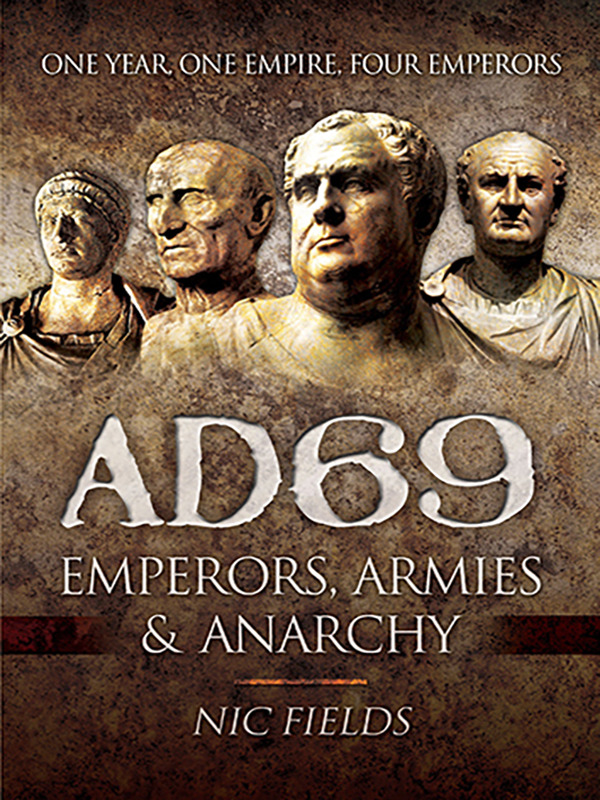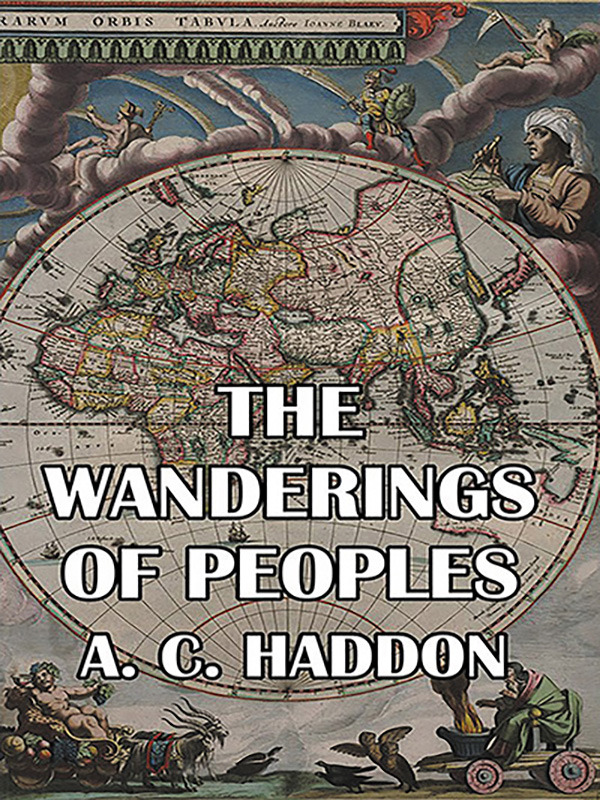AD 69: Emperors, Armies & Anarchy
$35.00
By Nic Fields. With the death of Nero by his own shaky hand, the ill-sorted, ill-starred Julio-Claudian dynasty came to an ignominious end, and Rome was up for the taking. This was June 9, A.D. 68. The following year, commonly known as “the year of the four emperors,” was one of Rome’s worst.
Nero’s death brought up a critical question for the empire: Who would sit upon the vacant throne in Rome and establish a new dynasty?
- Description
Description
By Nic Fields. With the death of Nero by his own shaky hand, the ill-sorted, ill-starred Julio-Claudian dynasty came to an ignominious end, and Rome was up for the taking. This was June 9, A.D. 68. The following year, commonly known as “the year of the four emperors,” was one of Rome’s worst.
Nero’s death brought up a critical question for the empire: Who would sit upon the vacant throne in Rome and establish a new dynasty?
This situation had never arisen before, since in all previous successions the new emperor had some legitimate heir, but the paranoid Nero had done away with any eligible relatives. And how might a new emperor secure his legal position and authority with regard to the Senate, the army and the Praetorian Guard?
The result was that the most ambitious and unscrupulous generals of the empire fell into a bloody struggle to decide who would wear the imperial purple. Tacitus remarks that “one of the secrets of ruling had been revealed: an emperor could be created outside Rome.”
This was because imperial authority was ultimately based on control of the military. Thus, to retain power, a player in the game of thrones had to gain an unshakable control over the legions, which were dotted along the fringes of the empire.
Of course, this in turn meant that the soldiers themselves could impose their own choice. Indeed, it turned out that even if an emperor gained recognition in Rome, this counted for nothing in the face of opposition from the armies out on the frontier.
It was to take a tumultuous year of civil war and the death of three imperial candidates before a fourth candidate could come out on top, remain there, and establish for himself a new dynasty.
In AD 69, Nic Fields narrates the twists and turns of this short, bloody—and extremely important—period of Roman history.
Hardback, 256 pages, maps, plates








